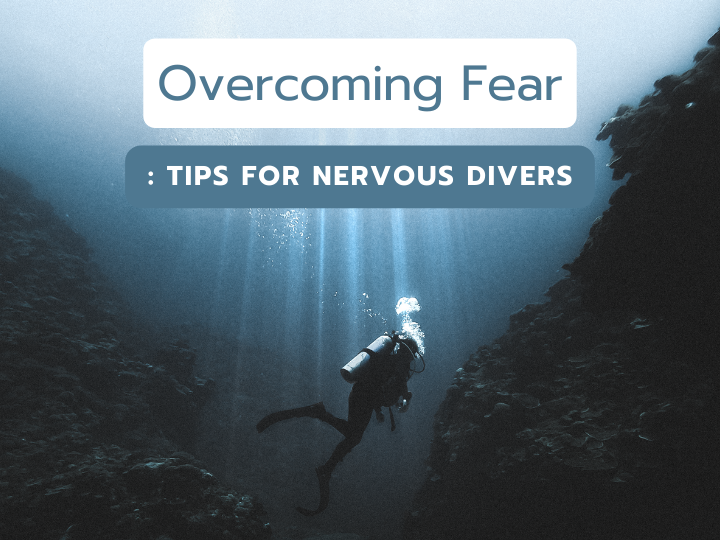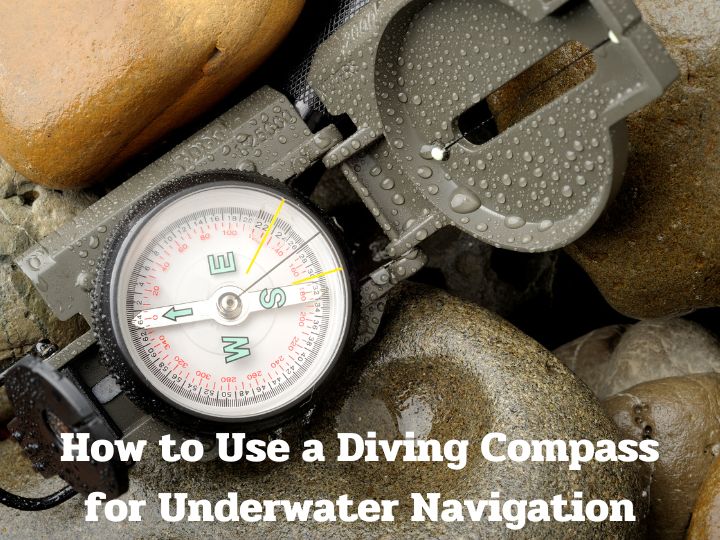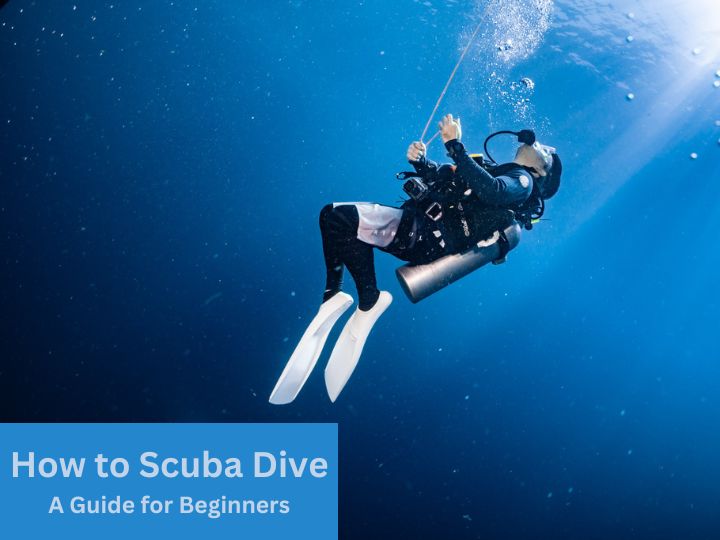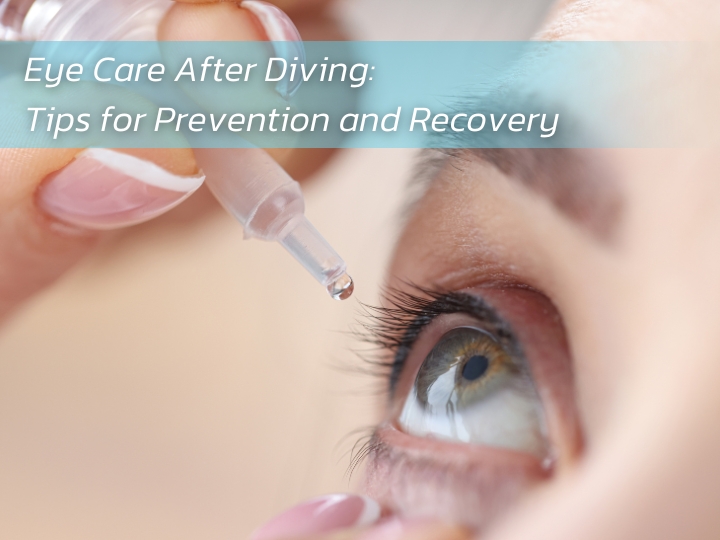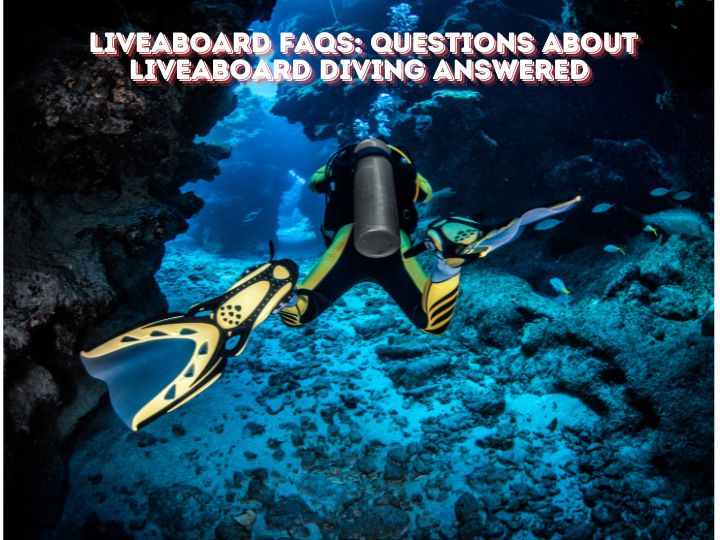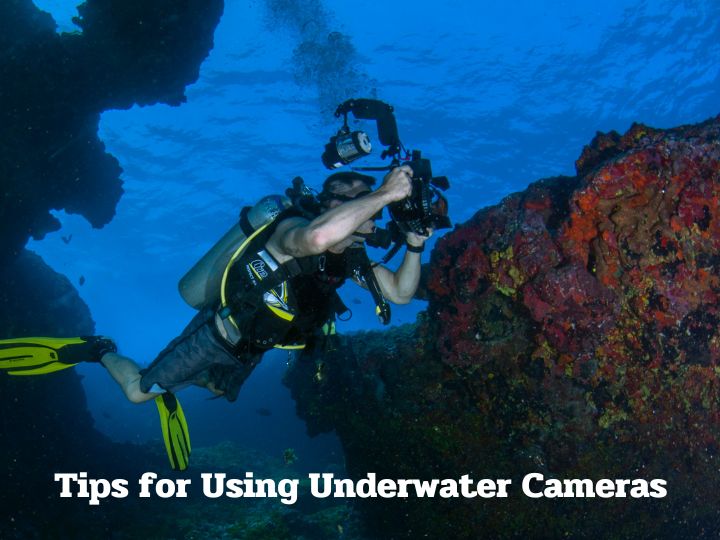
Tips for Using Underwater Cameras
Discover tips and tricks for using underwater cameras. Learn how to choose the right equipment, photography techniques, and how to maintain your equipment to ensure it lasts and functions well.

How to Choose an Underwater Camera
Choosing the Right Camera
When selecting an underwater camera, consider waterproof capabilities, the depth it can operate at, and image quality. Cameras with automatic shooting modes can make underwater photography easier.
Choosing the Right Lens
When choosing a lens, consider the field of view and its ability to capture images in various conditions. Wide-angle lenses help capture broader underwater scenes.
Underwater Photography Techniques
Camera Settings
Setting your camera correctly for underwater lighting is crucial. Keep the ISO low to avoid noise in the image, and adjust the white balance for realistic color.
Composing Your Shots
When taking underwater photos, think about composition. Use leading lines and focal points to create depth and interest in your images.
Maintaining Your Underwater Camera
Cleaning the Camera
After using your underwater camera, clean it with fresh water to remove salt and debris. Dry it thoroughly and store it in a dry place.
Checking Equipment Condition
Regularly check your equipment for leaks or damage. Repair any issues immediately to prevent water from damaging your gear.

Additional Underwater Photography Tips
Using Underwater Lighting
Using underwater lighting is essential for quality images. Underwater lights enhance brightness and detail in your photos.
Capturing Moving Subjects
Capturing moving underwater subjects requires speed and accuracy. Use continuous shooting mode to capture action shots.
Selecting Additional Gear
Using Filters
Filters can improve the colors in your underwater photos, making them more vibrant and realistic. Choose filters that match the lighting and depth conditions.
Using Waterproof Cases
Using the right waterproof case for your camera protects it from water and impacts. Select high-quality cases that have been tested for waterproofing.

Underwater Photography in Different Environments
Clear Sea Water
Photography in clear sea water produces sharp and vibrant images. Choose locations with adequate lighting and avoid photographing during murky conditions.
Murky Sea Water
In murky water, use underwater lights to enhance brightness. Adjust your camera settings to suit the lower light conditions.
Underwater Photography Tips
Using Flash
Using flash enhances underwater photo brightness but be cautious not to scare marine life by using flash at close range.
Adjusting Light Settings
Adjusting light settings to match the underwater environment helps produce clear, sharp images. Set the ISO and white balance appropriately.

Underwater Photography with Digital Cameras
Camera Settings
Setting a digital camera correctly for underwater photography is essential. Keep the ISO low to reduce image noise and adjust the white balance for realistic colors.
Using Automatic Mode
Many digital cameras have automatic underwater modes that adjust settings for underwater lighting, making photography more convenient.
Underwater Photography with Film Cameras
Choosing the Right Film
Choosing the right film for underwater photography enhances image quality. Select high ISO film to perform well in low-light conditions.
Developing Film
Developing underwater film should be done by professionals experienced in underwater film processing to ensure high-quality and realistic colors.

Underwater Photography in Various Conditions
Low Light Conditions
In low light conditions, use underwater lights or flash to enhance brightness. Increase the ISO setting to brighten the image.
Deep Water Photography
For deep water photography, use cameras and gear rated for significant depths. Check the depth rating before diving.
Photographing Marine Life
Photographing Fish
Photographing fish requires care to avoid startling them. Use a wide-angle lens to capture fish up close without disturbing them.
Photographing Corals
Photographing corals requires the right angle and lighting to produce beautiful images. Use underwater lights to enhance brightness and detail.


